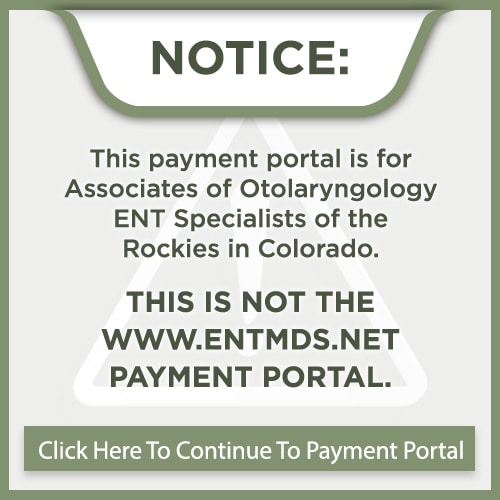Balloon Sinuplasty: Eustachian Tube Balloon Dilation
All You Need To Know About Eustachian Tube Balloon Dilation
feel their ears are in a tub. Eustachian tubes connected to both inner ears behind the nasal passage are responsible for draining debris and fluids from the middle ear and pressure equalization and ventilation on both eardrums.
Mucus buildup and inflammation lead to blockage and hinder proper drainage, leading to fluid buildup in the middle ear. It is a constant problem for people, especially those who experience allergies and sinus. While some of these conditions can be controlled by opening sinuses with balloon sinuplasty and treating allergies with shots, there are other concerns with Eustachian tubes and feeling the ears not popping.
Others experience severe pain while engaging in activities that strain the tubes, leading to eardrum burst. In children, the problem is administered outside the ear by placing ear tubes. The option is also available for adults, but only a small percentage see improvement.
How Does Acclarent Aera Work?
The procedure allows tubes to open from inside. During the process performed in an office setting, the endoscope is inserted in the tube opening through the nose. A catheter leads the balloon into the tubes. This mechanism helps the device not travel to the eardrum. The tube is extended for three minutes, and the balloon is inflated to push open the cartilage to cause tiny fractures. The process causes remodeling of the tube in an open position rather than reverting to close.
Eustachian tube procedure is administered with balloon sinuplasty, a relative process that opens sinus passages with a balloon catheter for patients experiencing chronic ear pressure and sinus symptoms. The two processes take thirty minutes to complete.
For years, Eustachian tube relief has been a topic of concern. It is a game-changer for patients whose ear symptoms do not respond to other medical remedies. Shannon clinic is proud to be the first clinic in West Texas to offer quality life to patients with chronic issues. They also provide services in Denver, Lone Tree, and Castle rock.
Symptoms of Nasal Valve Collapse
The nasal valve can affect you in different ways. Its symptoms include:
- Nasal Bleeding
- Congestion
- Snoring
- Obstruction of Nasal Passage
- Crusting Around the Nostrils
How to Treat Nasal Valve Collapse
There are different ways of treating the condition depending on its severity. Some find relief from over-the-counter uncomfortable and problematic nasal dilator strips or nasal dilators not suitable for typical daily situations. An experienced nasal expert will evaluate the severity of the condition and treat it effectively.
The most common treatment procedure is nasal valve repair. It is done with other nasal surgeries like terminal plasty, septoplasty, and rhinoplasty. There is also an implant known as Latera implant that is effective in other cases. A sinus and nasal examination are first needed to determine the right treatment.
If you dare to have problems with your nasal valves, schedule a consultation with our experienced experts who will assess your sinus and nasal symptoms, followed by a painless treatment to address the issue. You can also fill an online contact form to learn about the eustachian tube balloon dilation procedure.




